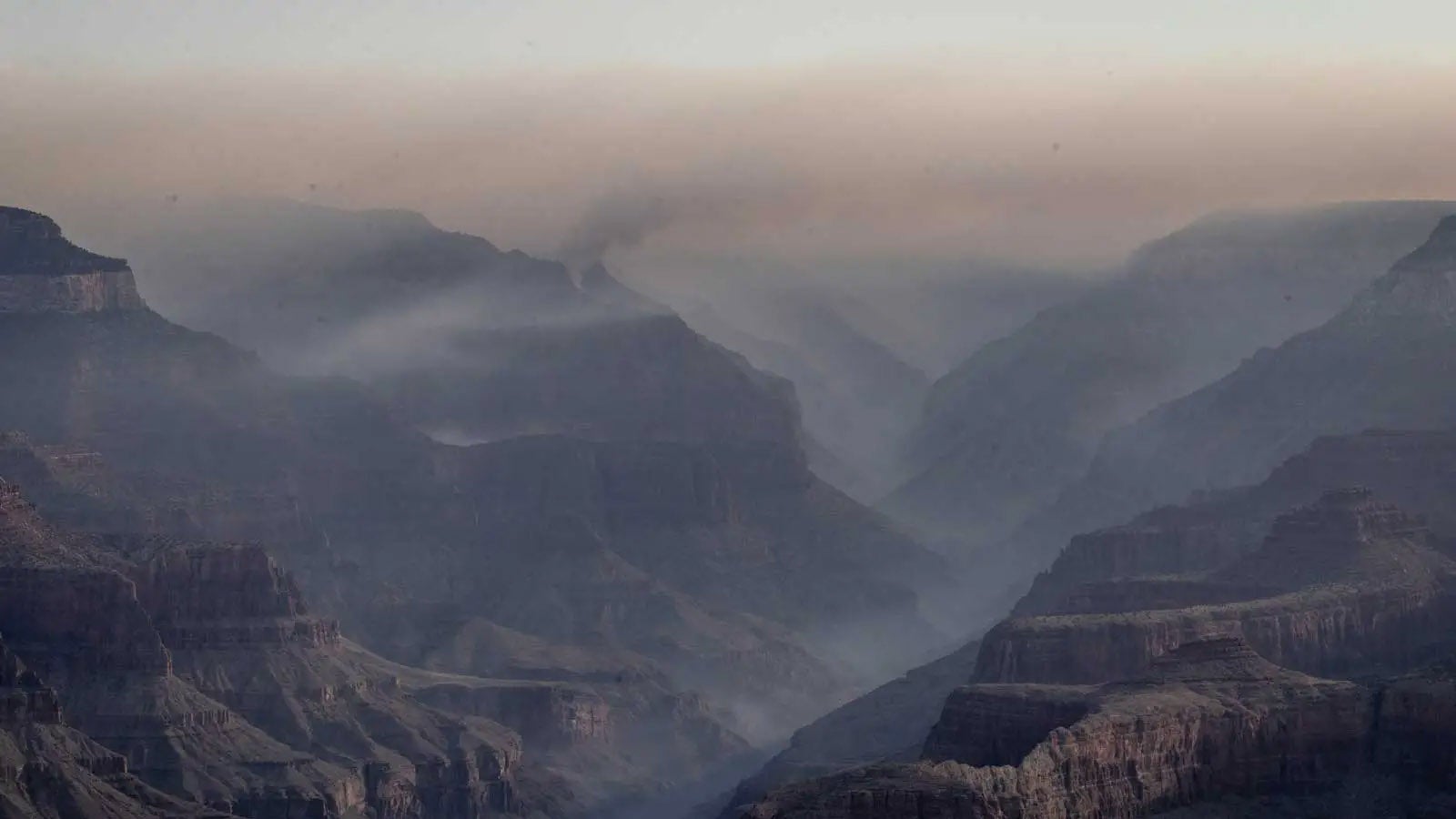| Above: Enhanced infrared image of Hurricane Barbara at 1430Z (10:30 am EDT) Monday, July 2, 2019. Image credit: CIMSS/SSEC/UW-Madison. |
After an impressive burst of rapid overnight intensification, Hurricane Barbara became the first major hurricane of the 2019 Eastern Pacific season. Barbara vaulted from a tropical storm with 70 mph winds to a Category 4 hurricane with 130 mph winds in just 18.5 hours, as confirmed in a special update issued by the National Hurricane Center (NHC) at 8:30 am EDT Tuesday.
At 11 am EDT Tuesday, Barbara’s sustained winds remained at 130 mph, the minimum required for a Cat 4 storm. Barbara was located far from land, a little more than 1000 miles southwest of Cabo San Lucas, Mexico, moving toward the west-northwest at about 14 mph.
 |
| Figure 1. Visible-wavelength image of Hurricane Barbara at 1500Z (11 am EDT) Monday, July 2, 2019. Image credit: CIRA/RAMMB/CSU. |
Paving the way for Barbara’s burst of strengthening on Monday night were low wind shear (around 5-10 knots) and unusually warm sea surface temperatures (about 28-29°C/82-84°F, roughly 0.5°C/1°F above average for this time of year). These conditions should prevail through Tuesday, so Barbara may continue to strengthen. NHC is predicting Barbara to reach sustained winds of 150 mph by Tuesday afternoon, and we can't rule out a brief period of Category 5 strength.
Low wind shear will continue into Wednesday, but by that point Barbara will be angling northwest over progressively cooler waters, so a weakening trend is expected to begin. That trend will accelerate by Thursday, as wind shear increases dramatically and Barbara begins to move over waters cooler than 26°C (79°F), the standard benchmark for tropical development.
By the weekend, a fast-weakening Barbara will be headed west toward the Hawaiian Islands amid ferocious wind shear. NHC is predicting Barbara to be a minimal tropical storm by Sunday morning, still on the decline. Moisture from Barbara plus any remnant post-tropical circulation may brush near the Hawaiian Islands early next week, perhaps bringing squally conditions and localized heavy rains. (Just a few days ago, on June 25, Honolulu picked up 4.20” of rain—the city’s heaviest rainfall on any day outside of the October-to-April wet season in city records that go back to 1877. Official rainfall measurements have been taken at the Honolulu airport since 1940.)
12 UTC 1 July: 60 kt (strong tropical storm)
— Kim Wood (@DrKimWood) July 2, 2019
12 UTC 2 July: 115 kt (category 4 hurricane)
Mesmerizing convective evolution during the rapid intensification of #Barbara (as seen by #GOES17 ABI Band 13). pic.twitter.com/OtIOcv2Y1G
Eastern Pacific hurricane season suddenly quite active
The Eastern Pacific hurricane season got off to a slow start in 2019, with last week’s Alvin arriving at the third latest date on record for the season’s first named storm. However, the Eastern Pacific is cranking now. Barbara is already the second hurricane of the season, and the Eastern Pacific typically does not see its second hurricane until July 14; the usual appearance for the season’s first major hurricane is not until July 19.
The season’s third named storm usually appears by July 5; we are likely to be right on schedule in that regard, with the models predicting the formation of Tropical Storm Cosme this weekend. In their 8 am EDT Tuesday Tropical Weather Outlook, NHC gave 5-day formation odds of 70% for the season’s third tropical cyclone. Looking ahead, the European and GFS models are also predicting the formation of the season’s fourth tropical cyclone late next week—though it is unwise to put a lot of faith in a tropical cyclone genesis forecast so far into the future.
Jeff Masters contributed to this post.



